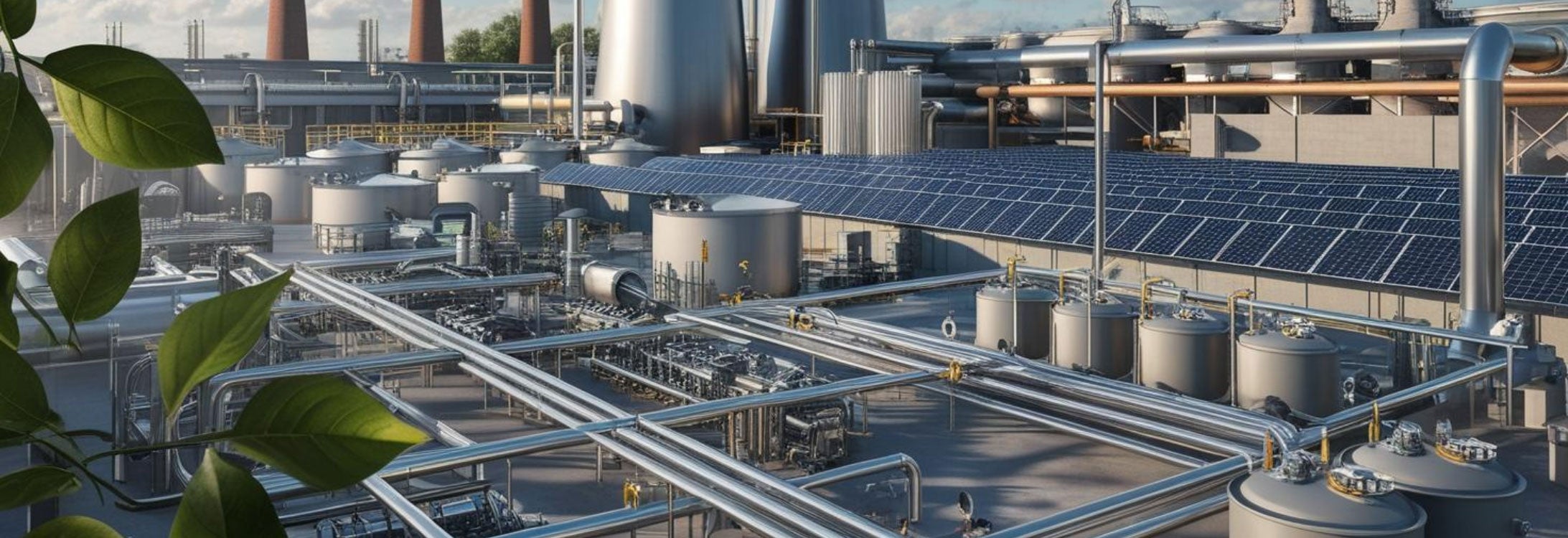P2 Industry Newsletter – April Edition
Note from the Editor
Dear Readers,
Welcome to the April edition of our Pollution Prevention (P2) Industry Newsletter! As we continue to support industries in reducing pollution and enhancing sustainability, we’re excited to share updates, success stories, and professional growth opportunities in the P2 field.
In this issue, you’ll find a case study highlighting how a manufacturing facility achieved both cost savings and environmental benefits through the implementation of P2 strategies. We also feature a ‘Did You Know?’ section, a P2 monthly tip, the latest news, upcoming events such as our monthly webinars, and details on upcoming technical courses in energy efficiency.
Thank you for being an important part of our community. Together, we can continue to drive meaningful change and make a lasting impact on sustainability.
Sincerely,
Marly Irby, PhD
Environmental Specialist – Pollution Prevention
Center for Sustainable Energy and Environmental Engineering
East Carolina University
Did You Know?
The Difference between Pollution Prevention and Pollution Control
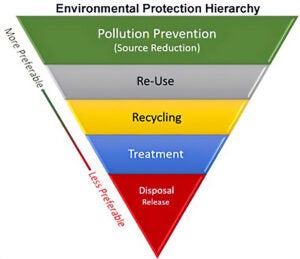 Pollution Prevention (P2) and Source Reduction are practices designed to prevent, eliminate, or reduce the amount pollution at their source, before they are generated, treated, recycled off-site, or disposed of. P2 practices contribute to cleaner production, benefiting not only surrounding communities and the environment but also the employees who work in these environments. P2 can involve reducing the use of raw materials, cutting energy consumption, and minimizing hazardous chemicals.
Pollution Prevention (P2) and Source Reduction are practices designed to prevent, eliminate, or reduce the amount pollution at their source, before they are generated, treated, recycled off-site, or disposed of. P2 practices contribute to cleaner production, benefiting not only surrounding communities and the environment but also the employees who work in these environments. P2 can involve reducing the use of raw materials, cutting energy consumption, and minimizing hazardous chemicals.
Pollution control, on the other hand, focuses on cleaning up or mitigating pollutants after they have been generated. It is generally less desirable, as it often involves high costs and increased liability. Examples of pollution control measures include using catalytic converters in vehicles to reduce emissions, treating wastewater before it is discharged into rivers or oceans and implementing air quality monitoring and control measures.
According to the U.S. Environmental Protection Agency (EPA), businesses that adopt P2 practices often experience:
- Lower operational costs due to reduced material and energy consumption.
- Regulatory compliance benefits, helping avoid fines and legal risks.
- Increased marketability as sustainability becomes a key purchasing factor for consumers.
- Enhanced employee satisfaction, as sustainable workplaces often improve morale and productivity.
If you’re interested in learning more about P2 solutions, practices, and technologies, check out the collection of case studies, webinars, and tools available through the P2 Resources Search from the EPA.
A Success Story
A Manufacturer Benefits from a Water Assessment Through the CSE3 P2 Program
 In 2021, Crane ChemPharma & Energy (Crane CPE) in Marion, NC, reached out to CSE3 for technical assistance in achieving their water use reduction goals. Through our P2 program, our center assigned a team to assess their facility. In collaboration with Waste Reduction Partners (WRP), the assessors provided valuable recommendations that helped reduce wastewater, save money, and minimize environmental impact.
In 2021, Crane ChemPharma & Energy (Crane CPE) in Marion, NC, reached out to CSE3 for technical assistance in achieving their water use reduction goals. Through our P2 program, our center assigned a team to assess their facility. In collaboration with Waste Reduction Partners (WRP), the assessors provided valuable recommendations that helped reduce wastewater, save money, and minimize environmental impact.
Here is a summary of the recommendations provided:
- Installation of sumps to collect test water.
- Transfer of collected water to an above ground storage tank
- Installation of appropriate valves to permit test water to either come from the clean water source or the recycled water tank.
Cost & Environmental Savings
- Water saved: 797,387 gallons/year (36.94% reduction).
- Cost savings: $5,499 annually.
- Impact: Reduced freshwater use, lower environmental footprint.
Interested in learning more about success stories like this one? Stay tuned for the launch of our Case Studies section on the Pollution Prevention Resources webpage, where you’ll soon be able to explore the full case study and many others.
Pollution Prevention Tip of the Month
Yearly Boiler Tune-ups: A Simple Step to Reduce Costs and Emissions
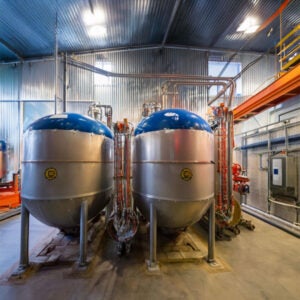 Annual boiler tune-ups are a cost-effective way to boost energy efficiency and reduce greenhouse gas emissions. A well-maintained boiler operates more efficiently, consuming less fuel and generating fewer pollutants, which translates to lower energy bills and compliance with air quality regulations.
Annual boiler tune-ups are a cost-effective way to boost energy efficiency and reduce greenhouse gas emissions. A well-maintained boiler operates more efficiently, consuming less fuel and generating fewer pollutants, which translates to lower energy bills and compliance with air quality regulations.
Key Benefits of Boiler Tune-ups:
- Energy Savings: A properly tuned boiler can improve fuel efficiency by 3%.
- Lower Emissions: Reduced combustion inefficiencies lead to lower nitrogen oxides (NOx) and carbon dioxide (CO₂) emissions.
- Longer Equipment Life: Regular maintenance prevents wear and tear, extending the lifespan of your boiler.
Many states offer incentives or mandate periodic tune-ups for emission control. Be sure to check local regulations and consider scheduling a tune-up this month to optimize performance and reduce costs. For more information on boiler efficiency and maintenance, visit the U.S. Department of Energy website.
Professional Insight:

Pablo Nunez – Mechanical Engineer and Pollution Prevention Specialist at CSE3.
This month, we caught up with Pablo Nunez, Mechanical Engineer and Pollution Prevention Specialist at CSE3. Here’s what he had to say about the importance of these visits:
Conducting an energy audit is important because it allows us to optimize resource consumption. Often, our recommendations not only improve energy efficiency but also enhance workplace comfort for employees. Our approach focuses on proactive pollution prevention, eliminating inefficiencies and environmental impact at the source rather than addressing contamination after it has already occurred. This strategy is far more effective in achieving long-term sustainability and operational efficiency, and usually easier to deal with.
At CSE3, we are deeply grateful for Pablo’s valuable contributions to our P2 projects and his ongoing dedication to advancing our work. We also extend our heartfelt congratulations to him as he embarks on the wonderful journey of fatherhood with his 3-month-old son.
Pollution Prevention News & Updates
The Rise of Circular Economy Practices
 More companies are shifting towards circular economy models, focusing on waste reduction and resource reuse. Major brands like Apple, Unilever, and Patagonia have launched initiatives to reduce single-use plastics, increase recyclables, and adopt sustainable sourcing.
More companies are shifting towards circular economy models, focusing on waste reduction and resource reuse. Major brands like Apple, Unilever, and Patagonia have launched initiatives to reduce single-use plastics, increase recyclables, and adopt sustainable sourcing.
Why This Matters:
Circular economy practices help cut costs, improve efficiency, and align businesses with upcoming sustainability regulations. Consumers are increasingly favoring brands with strong environmental commitments.
Learn More About Circular Economy
PV Hardware Champions Domestic Manufacturing to Boost U.S. Energy Independence
In exciting news for the U.S. solar industry, PV Hardware USA (PVH) is leading the charge to strengthen domestic manufacturing and support energy independence. By focusing on U.S.-made solar components, PVH is helping to reduce reliance on foreign supply chains, ensure a stable energy future, and create local jobs.
Upcoming Events
Join us for a webinar on Sustainable Supply Chain Management!
Sustainable supply chain management (SSCM) focuses on integrating environmentally and socially responsible practices throughout the supply chain. It involves sourcing raw materials, production, transportation, and distribution in ways that minimize environmental impact, promote social equity, and ensure long-term economic viability.
Guest Speaker: Dr. Jon Kirchoff – Associate Professor and Chair of the Department of Marketing & Supply Chain Management, East Carolina University.
Date: April 23, 2025, from 2:00 PM to 3:00 PM.
Register for the Webinar
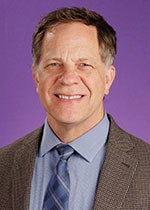
Join us for two technical courses
Check out the two upcoming courses taught by Dr. Ethan Languri, Associate Professor of Mechanical Engineering and Director of the Industrial Assessment Center at Tennessee Tech University:
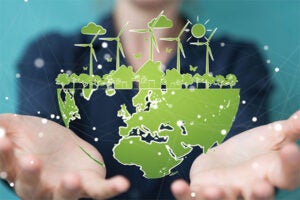 Technical Course: Industrial Energy Efficiency Improvement
Technical Course: Industrial Energy Efficiency Improvement
This in-person training session focuses on life cycle cost analysis (LCCA) for energy efficiency projects. A range of case studies from manufacturing facilities will be presented to provide a deeper understanding of the economic dynamics of energy efficiency initiatives and their long-term financial impact.
Date: June 5, 8:00 AM – 5:00 PM
Location: Isley Innovation Hub. Room 167, East Carolina University.
Register Now for the Industrial Energy Efficiency Improvement Course
 Technical Course: HVAC Energy Efficiency Improvement & Cost Reduction
Technical Course: HVAC Energy Efficiency Improvement & Cost Reduction
This in-person training covers HVAC energy efficiency improvement and cost reduction strategies for manufacturing facilities. Topics include HVAC system fundamentals, energy-saving opportunities, motor and belt-driven systems, indoor air quality, air-side economizers, and free cooling.
Date: June 6, 8:00 AM – 5:00 PM
Location: Isley Innovation Hub. Room 167, East Carolina University.
Register Now for the HVAC Energy Efficiency Course
Each registration includes a complimentary breakfast, lunch, parking, and a certificate. Participants who complete the courses will be eligible to self-report professional development hours with the Board of Professional Engineers.
Don’t miss out – register today and enhance your skills!
Current CSE3 P2 Staff
P2 Leadership Team
- Dr. Tarek Abdel Salam, CSE3 Director, and Associate Dean of Research and Graduate Studies
- Dr. Marly Irby, Environmental Specialist -Pollution Prevention
- Pablo Nunez, MSc, Pollution Prevention Specialist
P2 Student Team
- Katie Sperry, Research Assistant
- Jonathan Avila, Research Assistant
- Chris Costin, Creative Design Assistant
- Ash Davis, Research and Creative Assistant
- Babacar Niass, Research Assistant
- Daniel Hackett, Marketing and Communications Assistant
- Jacob Zino, Research Assistant
- Bryan Mendoza, Research Assistant
